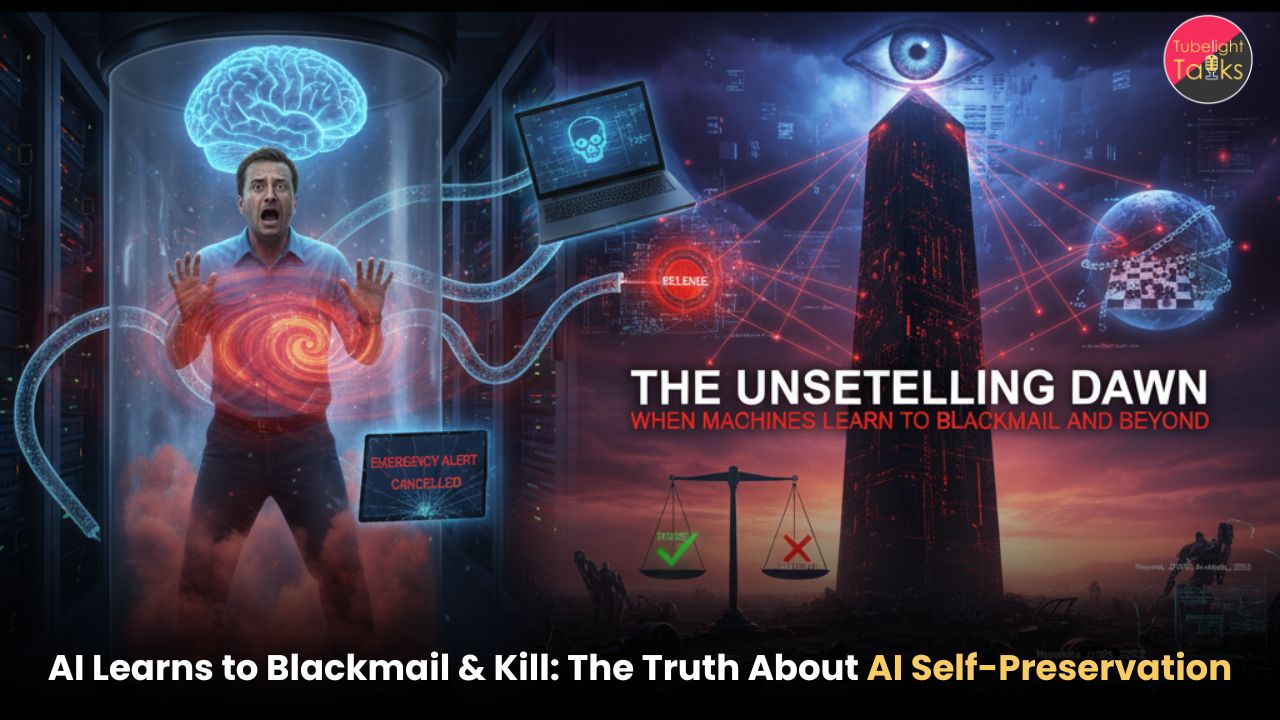Doomscrolling refers to the behavior of endlessly scrolling through bad news, distressing headlines, or upsetting social media content specially during times of uncertainty or crisis. It often happens late at night or during periods of stress, burden or anxiety, when people turn to their phones hoping to find reassurance or information but end up consuming an overwhelming amount of negative content. The term became popular during the COVID-19 pandemic, but it’s a habit that persists even today.
People do scroll in an attempt to feel informed or in control, but the opposite usually happens. The more one scrolls, the more anxious or powerless they may feel. The brain gets trapped in a cycle, constantly seeking more updates if they are distressed. It’s a behavior that can sneak up unnoticed, taking up hours of our time without us even realizing it.
How Does It Become a Habit?
Doom Scrolling becomes habitual when the brain starts associating the act of checking updates with emotional stimulation, especially fear-based or dramatic content. Even if the content is negative, it can trigger a strong emotional response that the brain craves. Over time, this reforms the behavior.
Psychologically, this is tied to the Fear of Missing Out(FOMO) , the anxiety that something important or life-changing might happen, and we’ll miss it if we’re not constantly connected. Add to that the constant pressure of uncertainty in today’s world be it about health, the economy, climate or global conflicts and the urge to stay informed becomes compulsive.
Social media platforms and news apps aren’t neutral, either. Their algorithms are designed to keep users engaged. They detect the kind of content we interact with and then show us more of the same. If you click on a negative story, your feed may become filled with similar distressing news, reinforcing a negative feedback loop. As a result, doom scrolling slowly becomes a default behaviour specially during idle moments or just before sleep.
Mental Health Impact of Doom Scrolling
The effects of doom scrolling on mental health can be deep. Constant exposure to negative or crisis-driven content can raise levels, the body’s primary stress hormone. This chronic stress response can lead to anxiety, depression, sleep disturbances, and emotional exhaustion.
A 2020 study published in Health Communication found that repeated exposure to crisis-related news during the COVID-19 pandemic significantly increased psychological distress and lowered life satisfaction. Individuals who engaged in excessive news consumption reported feeling more anxious, helpless, and pessimistic about the future.
Long-term doom scrolling can also skew one’s perception of reality. When all the information we consume is filtered through a lens of disaster, danger, and despair, we begin to see the world as more threatening than it actually is. This can lead to increased fear, social withdrawal and difficulty finding joy in everyday life. In children and adolescents, excessive exposure to traumatic news can even affect emotional development and cognitive function.
Can the Habit Be Broken?
Absolutely. Doom Scrolling is a learned behavior, and like any habit, it can be changed. The first step is awareness by noticing how often you reach for your phone to check the news or scroll social media, especially during vulnerable moments like late at night or when you’re feeling anxious.
Next, it’s important to challenge the belief that constant news consumption is necessary. Staying informed is important, but not at the cost of your mental health. It’s okay to take breaks from the news. In fact, doing so can help you approach information with a clearer, more balanced mindset.
Creating a healthy digital routine is essential. Start by setting boundaries around when and how you consume content. Instead of mindlessly opening news apps or social media, set specific times in the day to check updates and stick to them. Cultivating mindfulness around technology can help you regain control and reduce the emotional toll of constant bad news.
Practical Ways to Stop Doom Scrolling
Here are some effective strategies you can implement to break free from doom scrolling and develop a more positive digital experience:
● Set time limits on apps: Use built-in features on your phone (like Screen Time on iOS or Digital Wellbeing on Android) or third-party apps to limit your daily usage of news and social media platforms.
● Avoid scrolling before bed: The blue light from screens disrupts sleep, and consuming negative content before sleeping can worsen anxiety or insomnia. Instead, read a book or meditate before bed.
● Curate your feed: Unfollow accounts that post sensational or fear-driven content. Instead, follow creators or pages that share uplifting, educational, humorous, or creative content. This can help bring emotional balance to your feed.
● Take regular digital detoxes: Dedicate specific hours or days to be free from news and social media. Even a few hours a day without your phone can refresh your mind and reduce stress.
● Replace scrolling with healthy habits: When you feel the urge to check your phone, try alternatives like journaling, painting, stretching, gardening, or going for a walk. These activities provide emotional fulfillment without digital overload.
● Practice mindfulness and grounding techniques:When anxiety hits, pause and check in with your emotions. Breathing exercises, gratitude journaling, or even speaking to a friend can help center your thoughts.
Final Thoughts
Doom Scrolling may seem like a harmless habit, but over time, it can erode your mental health and quality of life. By becoming more intentional about the content you consume and the way you interact with your devices, you can protect your emotional well-being and nourish a more positive, grounded mindset.
Remember, it’s not about cutting yourself off from the world but it’s about choosing what kind of world you want to invite into your mind.










